Cultural theory in education examines the profound impact of culture on both the content of what students learn and their methods of engagement with that learning. Each student comes to the classroom with a distinct cultural background that informs their understanding and interactions.
Recognizing these differences is crucial for fostering inclusive and effective educational practices. However, applying cultural theory presents challenges, particularly regarding curriculum design and the need for equity and representation.
Addressing these issues is vital for creating a learning environment that respects and values diversity. For instance, incorporating diverse perspectives in lesson plans can enhance student engagement and promote a more comprehensive understanding of subjects.
Overview of Cultural Theory
Cultural theory examines the ways in which culture influences our perceptions and behaviors. It highlights the connection between cultural identity, social norms, and power dynamics. The cultural narratives we encounter during our upbringing often shape our perspectives and interactions, which can either foster inclusion or lead to feelings of exclusion.
Engaging with cultural theory allows for a deeper understanding of identity formation within various communities. Community involvement can reveal how diverse cultural backgrounds enrich our experiences. This knowledge enhances intercultural communication skills, facilitating meaningful connections with others.
Symbolic interactionism is significant in this context, as it emphasizes the meanings individuals attribute to their interactions and experiences. Recognizing these meanings aids in navigating social complexities and promotes unity in diversity.
Embracing cultural theory not only heightens awareness of one’s identity but also encourages meaningful engagement with others, cultivating an inclusive environment where everyone feels valued and understood.
Historical Context in Education
The historical context of education reveals how teaching methods and practices have transformed to meet the changing demands of society. Over the years, various influential theories have guided these shifts, providing educators with frameworks to enhance their approaches.
Recognizing this evolution is essential for understanding the principles that underpin contemporary educational practices. For instance, the shift from rote memorization to critical thinking in classrooms reflects a broader societal emphasis on problem-solving skills necessary for today’s workforce.
This evolution not only highlights the adaptability of educational systems but also underscores the importance of aligning teaching methodologies with the needs of learners and the community at large.
Evolution of Educational Practices
Educational practices have undergone significant transformation throughout history, mirroring changes in societal values and knowledge. Pedagogical trends have shifted towards a greater emphasis on learner engagement and cultural responsiveness. Modern classrooms embrace student diversity, creating an inclusive atmosphere where every individual feels valued and connected.
| Era | Key Focus Areas | Notable Changes |
|---|---|---|
| Early Education | Rote Learning | Shift to critical thinking |
| Industrial Age | Standardization | Introduction of assessments |
| Mid-20th Century | Inquiry-Based Learning | Emphasis on collaborative learning |
| Late 20th Century | Technology Integration | Use of digital tools in instruction |
| 21st Century | Educational Equity | Focus on inclusive instructional strategies |
As instructional strategies evolve, teacher training has adapted to equip educators for these changes. Effective assessment practices now emphasize comprehension rather than mere memorization. This evolution underscores a commitment to equity, ensuring that all students, regardless of their backgrounds, receive quality education.
For instance, strategies such as formative assessments provide ongoing feedback that supports learning, while culturally relevant pedagogy acknowledges and integrates students’ diverse cultural backgrounds into the curriculum. These approaches not only enhance engagement but also promote a sense of belonging among all learners.
Influential Theoretical Frameworks
The landscape of education is constantly changing, influenced by various theoretical frameworks that inform teaching and learning practices. Understanding these frameworks is essential for educators, as they help navigate power dynamics and foster cultural awareness in the classroom.
Here are three influential frameworks that offer valuable insights for enhancing educational experiences:
- Constructivism: This approach focuses on active learning, where students construct knowledge through experiences and interactions. Instead of passively receiving information from lectures, students engage in hands-on activities and collaborative projects, which allows them to deepen their understanding.
- Critical Pedagogy: This framework emphasizes the importance of recognizing and challenging power dynamics in education. It advocates for social justice and equity, encouraging educators and students to question existing structures and work towards meaningful change. For instance, discussions about historical injustices can empower students to think critically about their role in society.
- Culturally Relevant Pedagogy: This framework highlights the importance of incorporating students’ cultural backgrounds into the learning process. By recognizing and valuing diverse perspectives, educators create an inclusive environment that promotes a sense of belonging. For example, integrating literature from various cultures can help students connect with the material on a personal level.
These frameworks not only shape teaching methods but also enhance the understanding of the complexities within education.
Integrating these concepts can lead to a learning environment that respects cultural differences and advocates for equity, ultimately benefiting all students.
Key Concepts and Terms
Cultural theory in education encompasses various key concepts that are crucial for understanding how diverse backgrounds influence learning.
Cultural identity is a fundamental aspect; it highlights the importance of recognizing how students’ unique backgrounds shape their educational experiences.
Educational equity is another critical term, emphasizing that every student should have fair access to resources and opportunities, irrespective of their circumstances.
Social justice plays a vital role in this context, focusing on advocating for fair treatment and rights for all individuals within the educational sphere.
The dynamics of power are significant here, as they determine who can express their experiences and who wields authority in the classroom.
Community engagement is a key concept that underscores the necessity of involving families and local organizations in the educational process, which contributes to creating a supportive learning environment.
Cultural responsiveness refers to the practice of modifying teaching methods to cater to the diverse needs of students from various cultural backgrounds.
Intersectionality theory is important for understanding how overlapping identities, such as race, gender, and socioeconomic status, influence individual experiences.
Critical pedagogy encourages a re-examination of traditional teaching approaches, empowering students to challenge societal norms and engage critically with their education.
Understanding these concepts fosters a deeper connection to the ongoing dialogue about building inclusive and equitable educational spaces.
The Role of Culture in Learning
Understanding the influence of culture on learning is crucial for designing effective educational experiences. Your cultural background significantly affects how you process information and your preferred learning methods. Recognizing this influence can help create an inclusive environment that celebrates cognitive diversity and promotes community involvement.
Here are three important ways culture shapes learning:
- Cultural Relevance: Utilizing materials that reflect cultural backgrounds can enhance comprehension and memory retention. When educational content resonates with personal experiences, it fosters a deeper connection to the material.
- Social Dynamics: Being aware of the social interactions within your community can improve group learning experiences. Collaborating with peers from varied cultural backgrounds helps develop emotional intelligence and a greater appreciation for differing viewpoints.
- Experiential Learning: Participating in hands-on learning activities that incorporate cultural traditions supports personal identity development. These activities provide opportunities to apply knowledge in practical situations, enriching the learning process.
Incorporating these elements into educational frameworks can lead to more engaging and impactful learning experiences for all students.
Implications for Curriculum Design
Cultural responsiveness in curriculum design is crucial for creating an educational environment that’s welcoming to all students. When the curriculum reflects cultural relevance, it fosters a sense of belonging and value among learners. Integrating a variety of perspectives and experiences enhances comprehension and promotes deeper engagement with the material.
The curriculum should mirror the diverse backgrounds and identities of all students. This involves including texts, resources, and examples that resonate with various cultures. Such inclusivity allows students to see themselves in their studies, acknowledging the rich variety of experiences that contribute to the classroom dynamic.
Facilitating discussions and activities where students can share their own cultural stories enriches the learning environment. This not only enhances the educational experience but also cultivates a community where every student feels a sense of belonging. Promoting cultural relevance in the curriculum enables students to connect personally with the content.
A culturally responsive curriculum ultimately prepares students for a diverse society, providing them with the understanding and empathy necessary for success. Committing to these principles is a significant step toward fostering an equitable educational landscape.
Challenges in Implementation
Implementing a culturally responsive curriculum is a crucial step towards fostering an inclusive learning environment. However, educators often encounter numerous challenges that may hinder this process. Recognizing these obstacles is essential for effective change.
One significant challenge is cultural resistance from various stakeholders. Many individuals hold onto traditional beliefs and practices, which can obstruct the acceptance of new, inclusive methodologies.
Another barrier lies in pedagogical practices; adapting teaching methods to embrace diverse perspectives necessitates continuous training and support for educators, which is frequently insufficient.
Institutional inertia can also impede progress. Established policies and structures may clash with new curriculum initiatives, limiting community involvement and engagement.
Furthermore, assessment methods often don’t adequately capture the diverse abilities of students, complicating the implementation of equitable practices.
Funding disparities and restrictive policies exacerbate these issues, affecting not only curriculum design but also the overall educational experience. Addressing these challenges is vital for promoting equity in education.
Case Studies and Examples
Exploring case studies and real-world examples reveals the application of cultural theory in educational contexts.
These instances not only demonstrate effective teaching practices but also highlight the importance of diverse cultural viewpoints.
Investigating these cases helps clarify the practical benefits of incorporating cultural theory into education, enhancing both learning experiences and outcomes for students from various backgrounds.
Real-World Applications
Education transcends traditional methods like textbooks and exams; it encompasses the understanding of cultural theory in practical settings. Integrating these theories into the classroom enhances cultural awareness and promotes social justice.
Here are three significant real-world applications:
- Experiential Learning: Organize field trips or community projects that expose students to diverse cultures. This approach not only enriches their cultural identity but also enhances their ability to interact effectively with people from different backgrounds.
- Critical Pedagogy: Foster conversations around issues of equity and inclusion. Encouraging students to express their views supports their identity development and helps create a more inclusive classroom environment.
- Community Engagement: Collaborate with local organizations to develop programs that celebrate cultural diversity. Such partnerships instill a sense of belonging in students while promoting respect and understanding among different cultural groups.
Implementing these strategies cultivates a classroom atmosphere that prioritizes cultural identity and community involvement.
Diverse Cultural Perspectives
Understanding diverse cultural perspectives is vital for creating an inclusive educational atmosphere. Embracing various cultural identities enhances intercultural communication skills and fosters meaningful community engagement.
For instance, examining case studies of schools that have adopted cultural competence training demonstrates how this awareness contributes to social justice and equity in the classroom.
Consider a project where students from varied backgrounds come together to address local issues. This initiative not only supports the development of individual identities but also sheds light on the existing power dynamics within the community. It encourages students to identify and tackle inequalities.
As they learn about each other’s cultures, they cultivate a sense of global citizenship and recognize their role in a diverse society.
Incorporating activities such as cultural exchange events or collaborative community projects can significantly enhance this understanding. These experiences provide students with practical opportunities to engage with and appreciate the richness of different cultural viewpoints, ultimately preparing them for a more interconnected world.
Conclusion
Cultural theory in education plays a vital role in enhancing the learning environment by acknowledging the varied backgrounds of students. Schools that adopt culturally relevant teaching methods often experience a significant boost in student engagement, with reports indicating an increase of up to 30%. This approach not only aids in better understanding of the material but also cultivates essential skills such as critical thinking and intercultural communication. Embracing the cultural dynamics present in your classroom can lead to a more inclusive educational experience, ultimately benefiting all students. Understanding these dynamics is crucial for fostering an atmosphere where every learner feels valued and empowered.

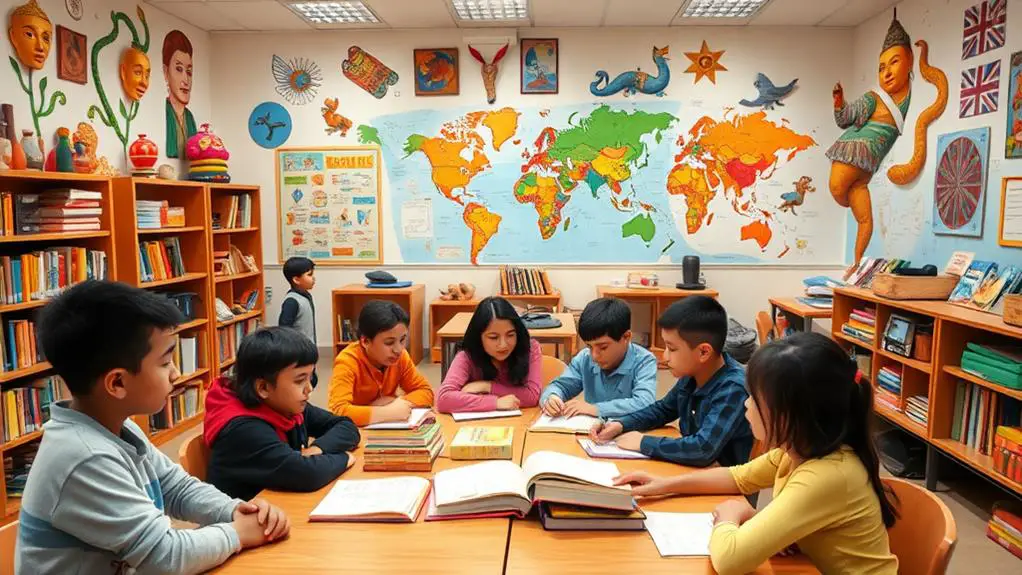
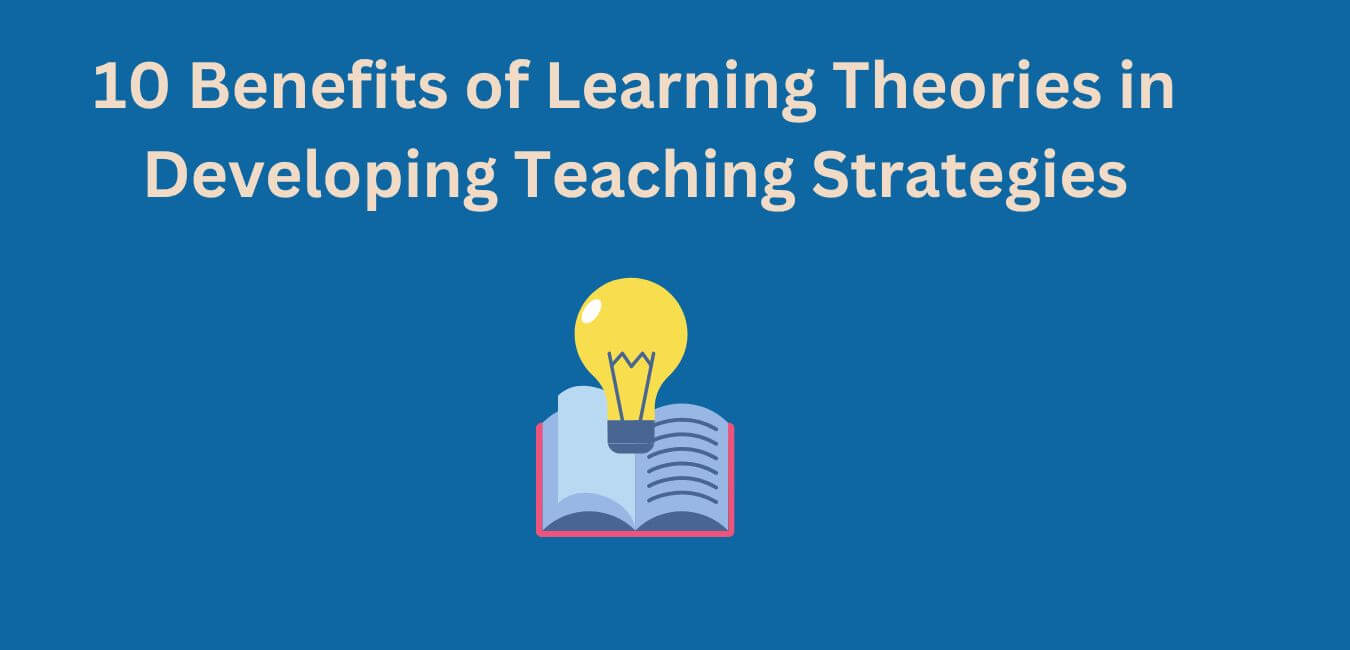
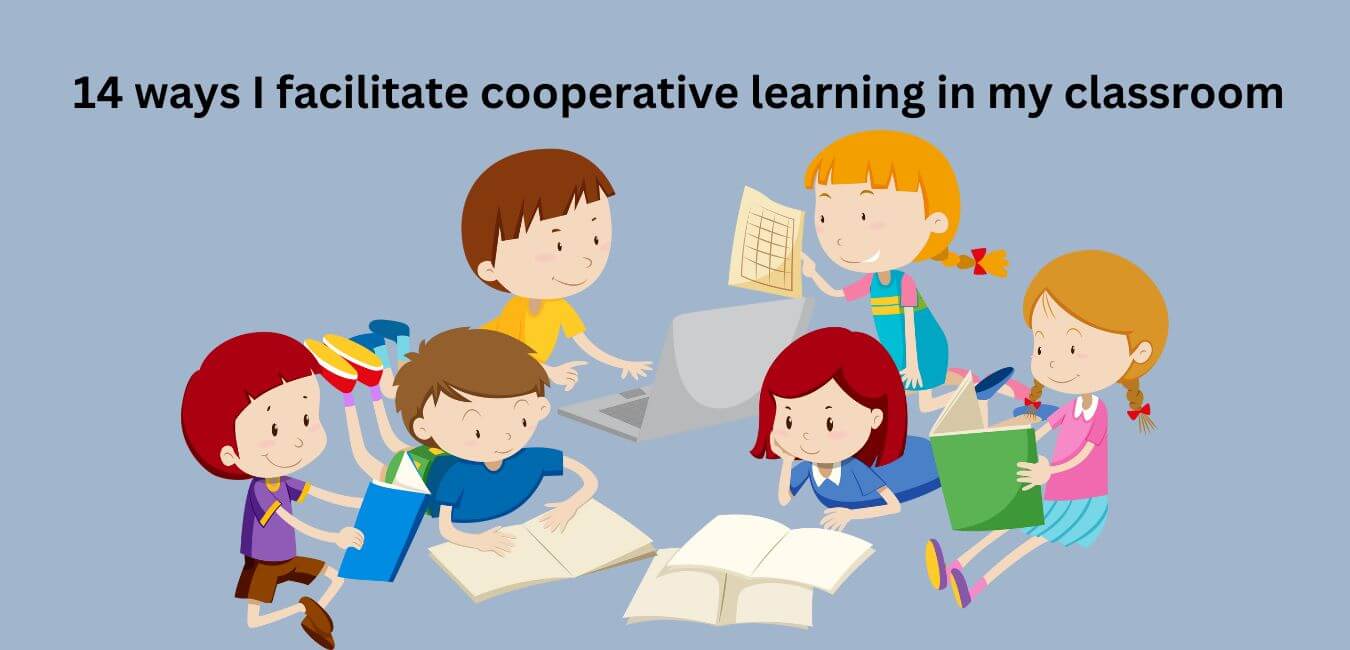
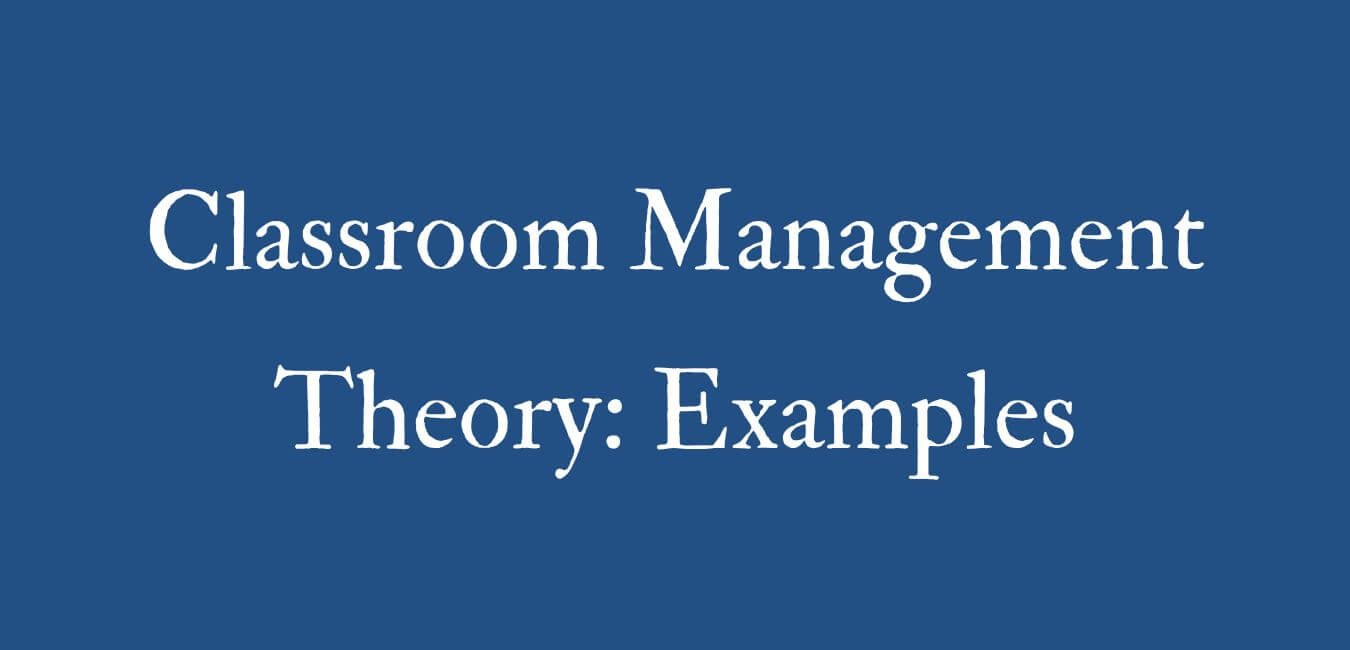
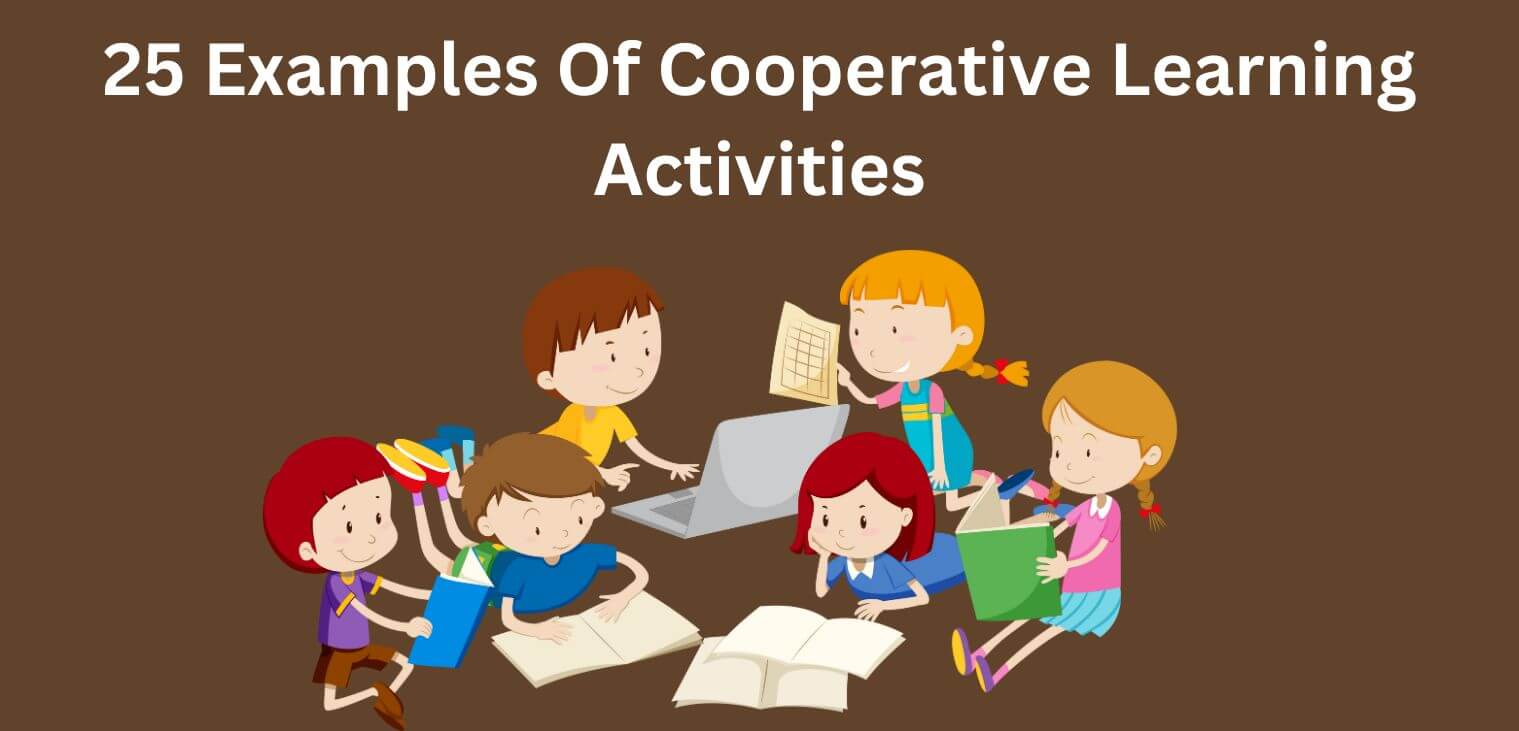
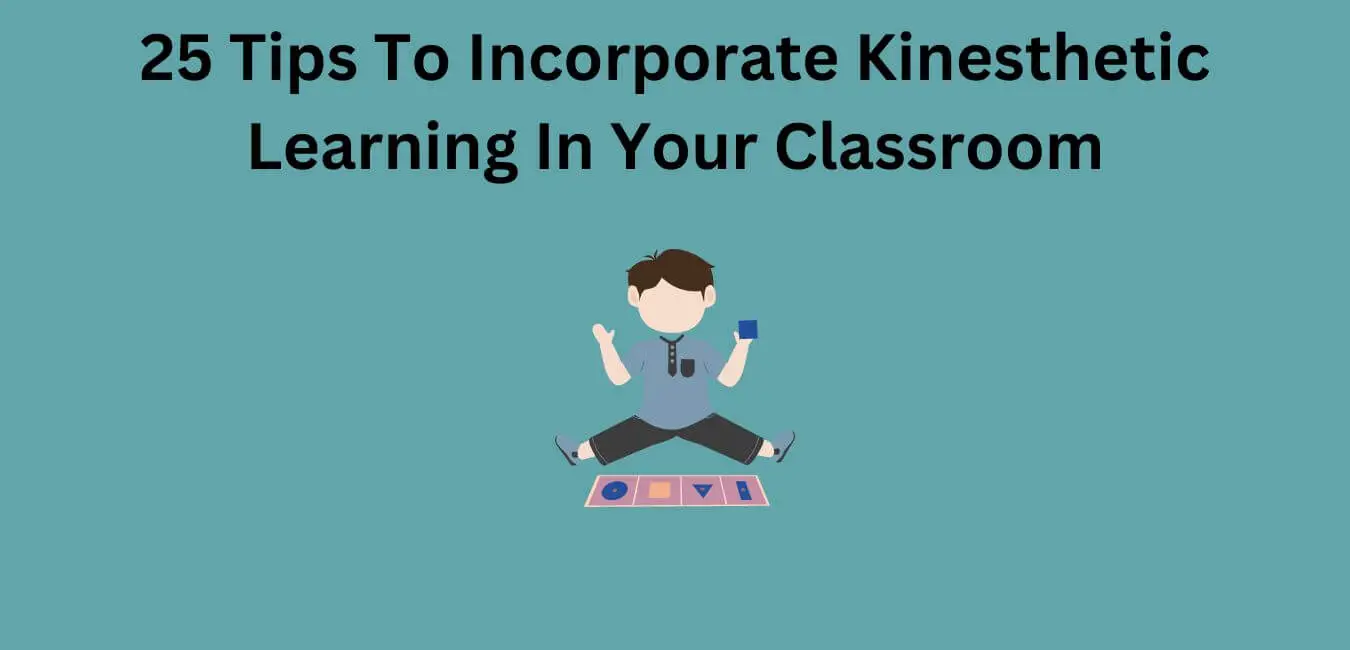
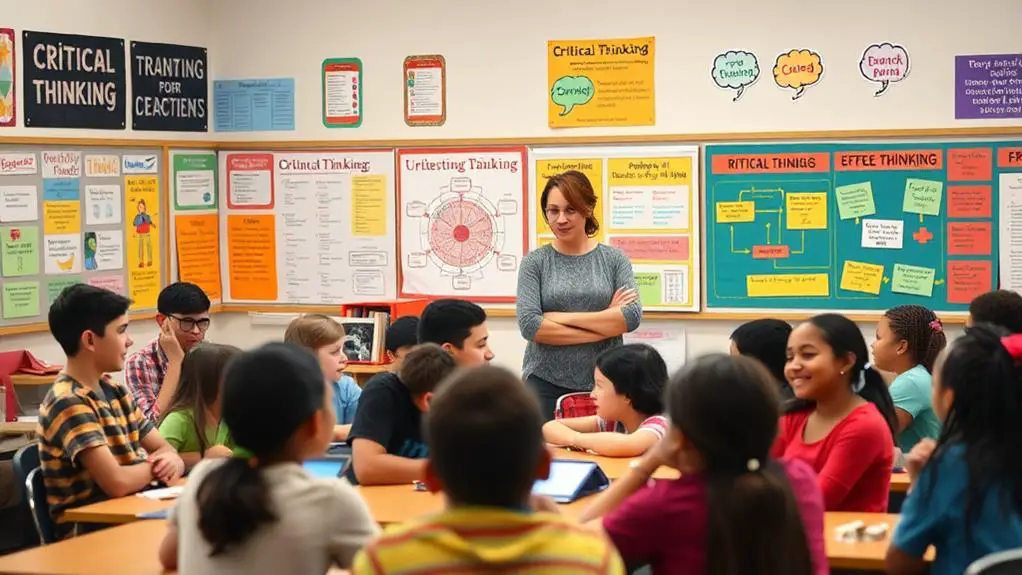
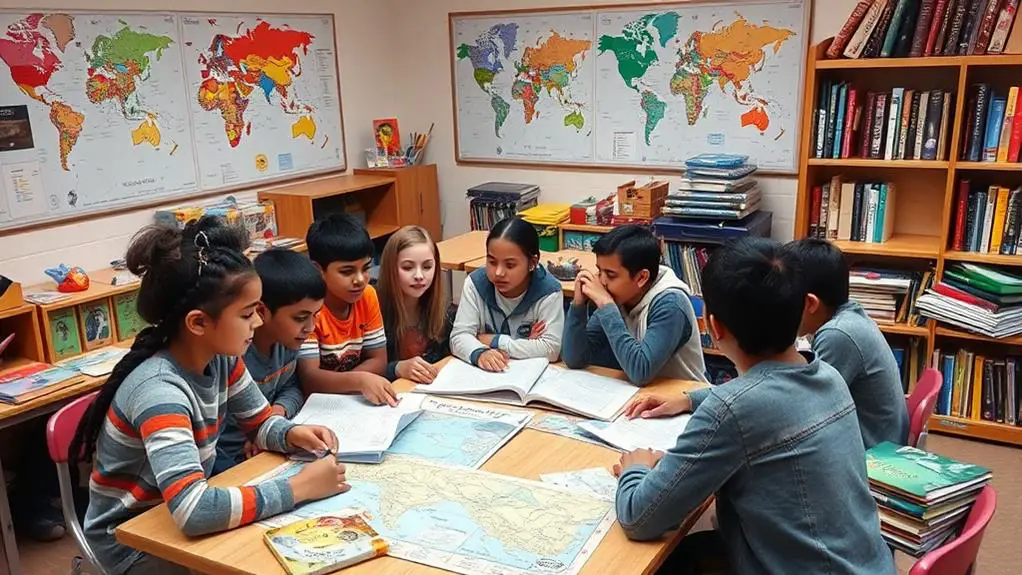
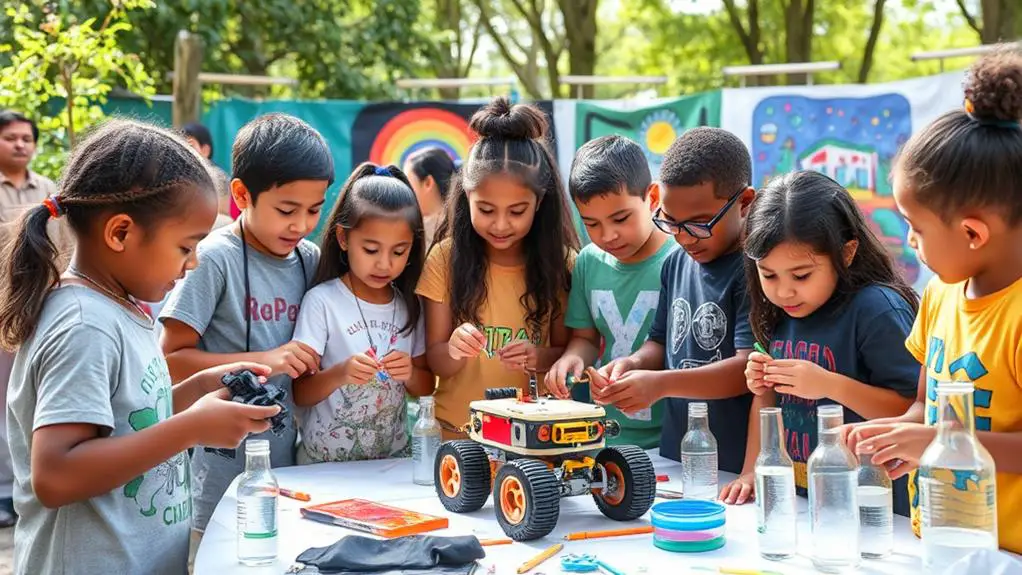
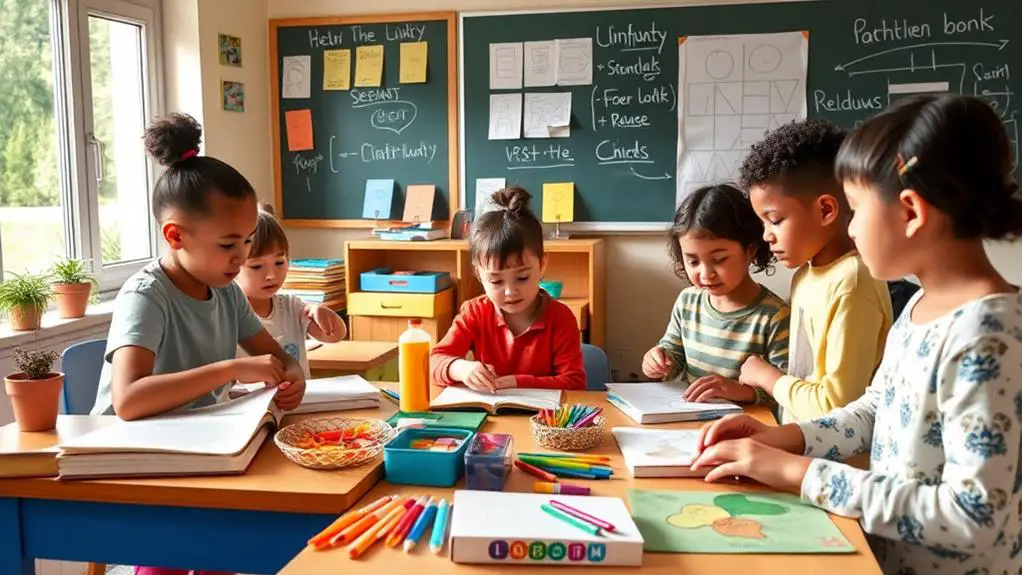
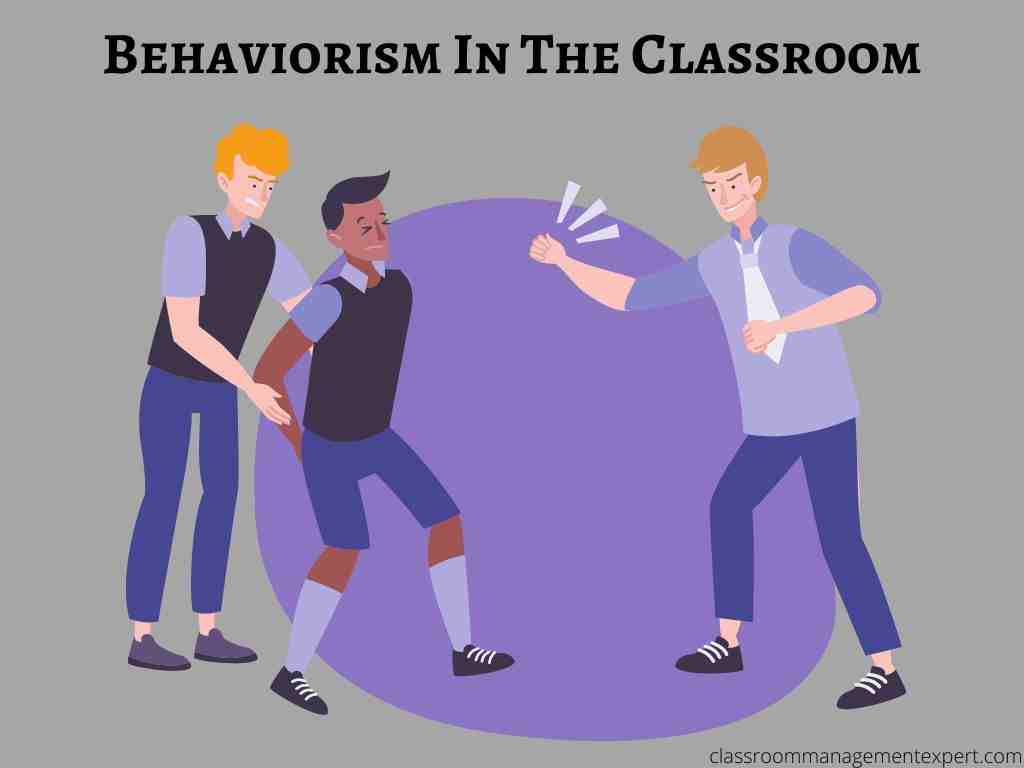



Leave a Reply